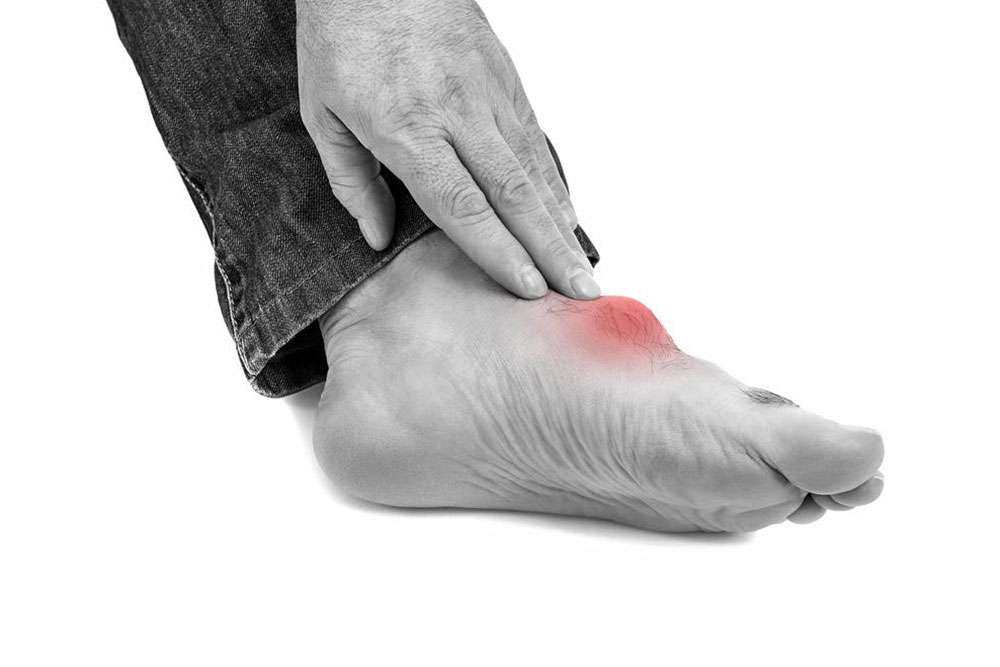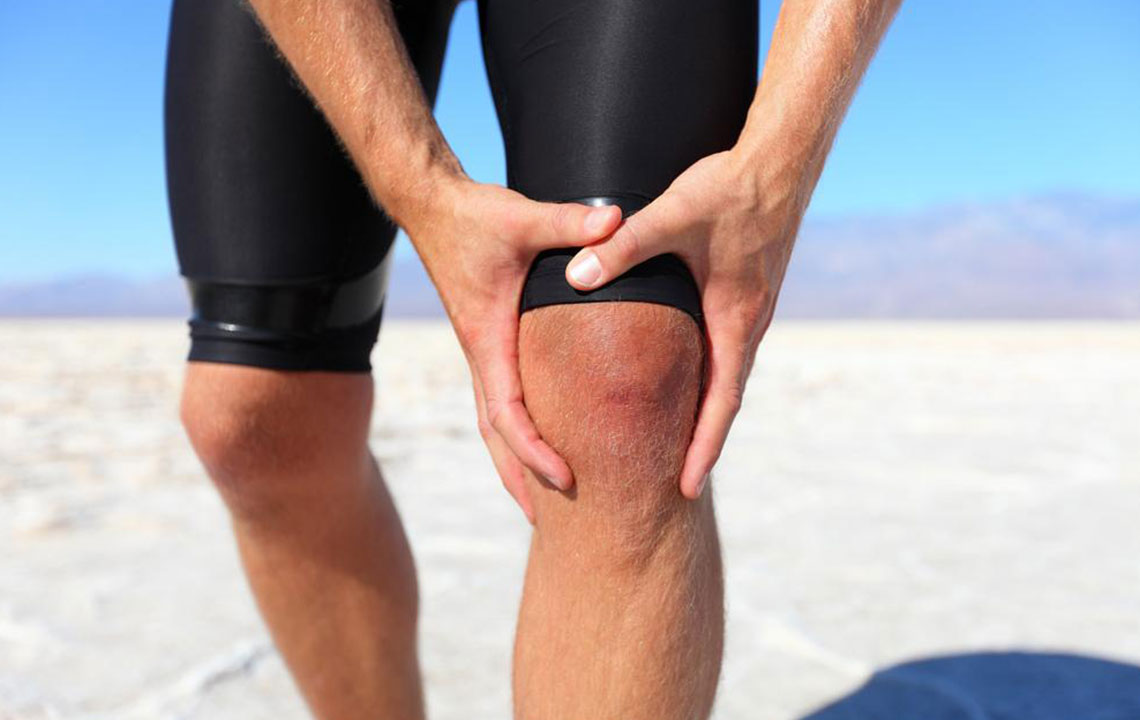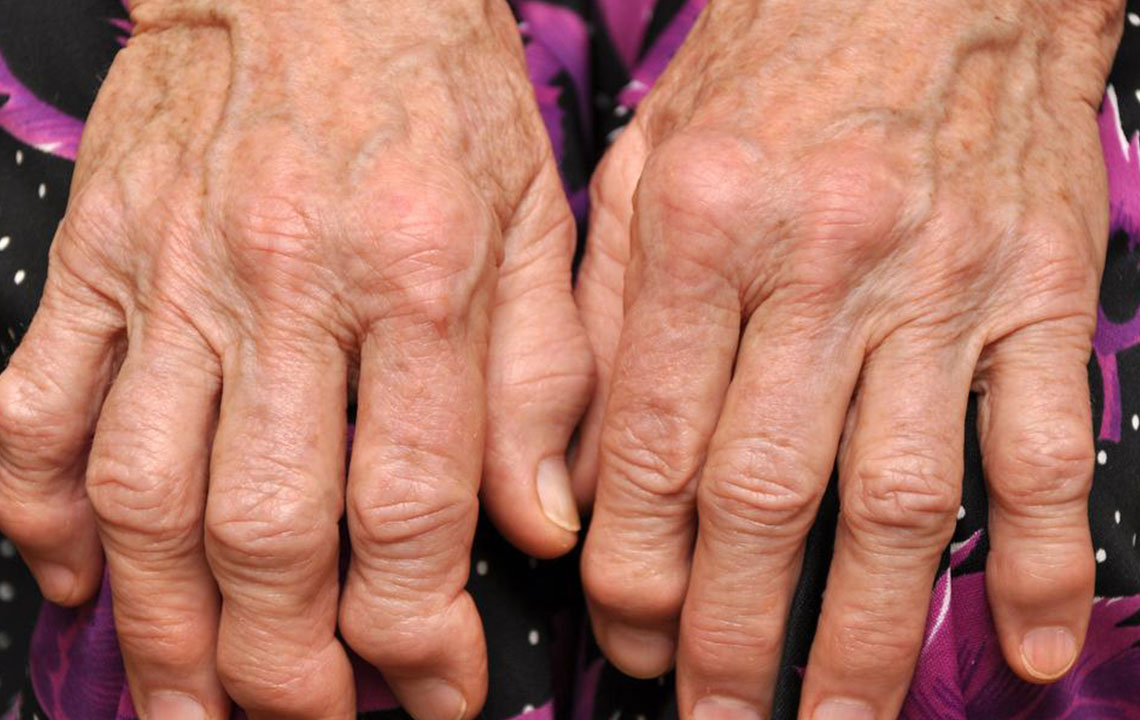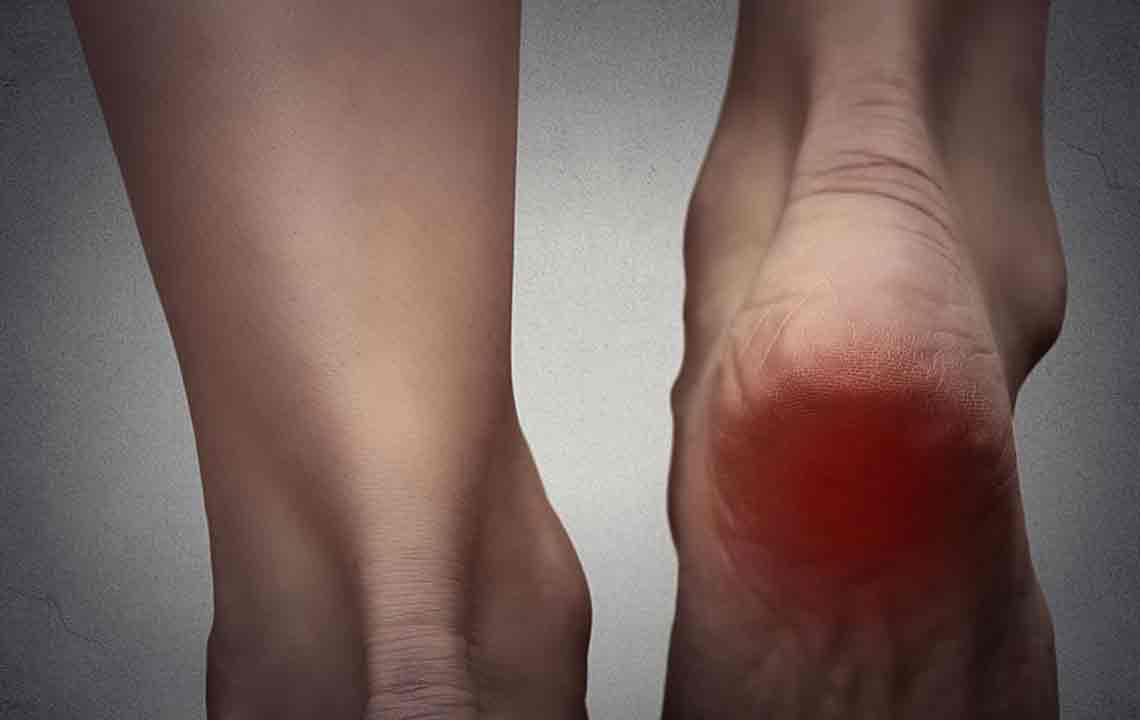Effective Strategies for Rapid Relief from Gout Pain
Discover comprehensive, scientifically supported strategies to quickly relieve gout pain and manage the condition effectively. Learn about causes, symptoms, immediate relief tips like ice application and home remedies, alongside long-term management techniques including diet adjustments and medication options for preventing future attacks.
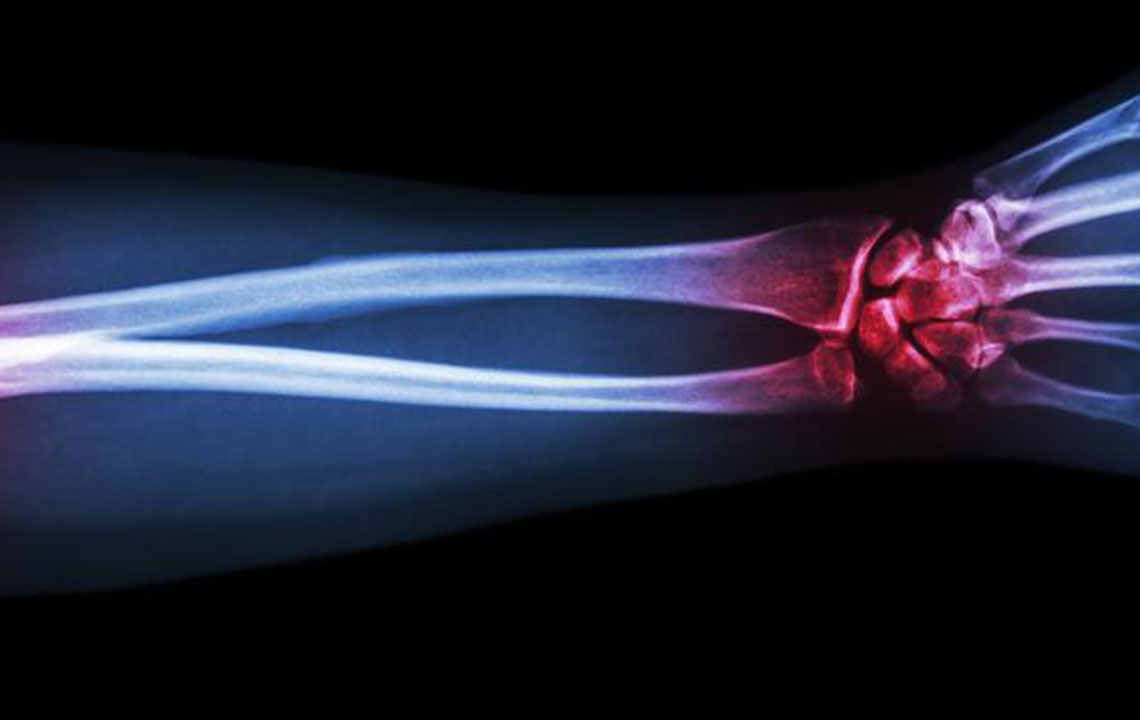
Proven Methods to Quickly Ease Gout Discomfort
Gout is a complex form of arthritis characterized primarily by sudden, severe attacks of pain, redness, and swelling in the affected joints. It predominantly affects small joints such as the big toe, ankles, knees, wrists, and fingers. The root cause of gout lies in the accumulation of uric acid crystals within the joint tissues, which leads to intense inflammation and discomfort. Understanding how to manage and alleviate these symptoms quickly is crucial for those affected by this condition.
Gout isn't just a temporary discomfort; it can be a chronic condition if not managed properly, increasing the risk of joint damage and other health complications. High levels of uric acid in the bloodstream, medically known as hyperuricemia, result from an imbalance between uric acid production and excretion. Several factors contribute to this imbalance, including dietary choices, genetic predispositions, lifestyle habits, and other health conditions.
In this comprehensive guide, we delve into effective, scientifically supported strategies to provide rapid relief from gout pain while also exploring long-term management tips to prevent future attacks.
Understanding Gout and Its Causes
Gout is caused by the body's inability to efficiently eliminate uric acid, leading to crystal formation in the joints. Typical symptoms include sudden, intense pain often occurring at night, swelling, warmth, and redness around the joint area. The big toe is most commonly affected due to lower temperature in the extremities, which facilitates crystal formation.
Several factors contribute to high uric acid levels:
Diet rich in purines: Foods such as red meat, shellfish, and organ meats increase uric acid levels.
Alcohol consumption: Especially beer and spirits, which impair uric acid excretion.
Obesity: Excess weight supports increased uric acid production.
Genetics: Family history plays a role in susceptibility.
Medical conditions: Hypertension, renal dysfunction, and metabolic syndrome contribute.
Medications: Diuretics and certain drugs can elevate uric acid.
Recognizing the Symptoms of Gout
Symptoms of gout often develop suddenly, reaching peak pain within hours. Common signs include:
Intense joint pain, typically in the big toe or ankle
Redness and swelling around the affected joint
Warmth and tenderness to touch
Limited joint mobility owing to swelling and pain
During flare-ups, symptoms can last from a few days to weeks if untreated. Recognizing early signs helps in prompt treatment and prevents joint damage.
Diagnosing Gout
Diagnosis involves multiple methods:
Joint aspiration: Extracting joint fluid to identify uric acid crystals
Blood tests: Measuring serum uric acid levels
Imaging: Ultrasound or X-rays to assess joint damage and crystal deposits
Accurate diagnosis ensures appropriate treatment and management plans.Immediate Relief Strategies for Gout Attacks
Managing sudden gout attacks effectively involves several steps aimed at reducing pain, inflammation, and joint stress:
Rest the affected joint: Minimize movement to prevent worsening symptoms.
Apply ice packs: Cold therapy helps numb pain and reduces swelling. Use for 15-20 minutes every hour as needed.
Stay hydrated: Adequate water intake dilutes uric acid and aids in its excretion.
Elevate the joint: Keeping the inflamed joint raised reduces swelling.
In addition to these immediate measures, certain home remedies may provide temporary relief:
Turmeric: Contains curcumin, which has anti-inflammatory properties. Consuming turmeric tea or supplements can help reduce inflammation.
Ginger: Known for its anti-inflammatory effects, ginger can be incorporated into teas or taken as supplements.
Lemon juice: Citric acid in lemon may help lower uric acid levels when consumed regularly in water.
Apple cider vinegar: Anecdotal evidence suggests that diluted apple cider vinegar may help reduce uric acid levels, though scientific backing varies.
Alternative and Complementary Remedies
Several alternative treatments may support gout management, such as:
Epsom salt baths: Soaking in warm water with Epsom salts can relax muscles and reduce discomfort.
Activated charcoal: Some believe that activated charcoal helps detoxify the body and reduce uric acid.
Baking soda: Slightly alkaline, it may help neutralize uric acid; however, usage should be cautious and discussed with a healthcare provider.
Cherries: Fruit rich in anthocyanins, which have anti-inflammatory effects, can be beneficial when consumed regularly.
Reducing sugar intake: Excess sugar, especially fructose, increases uric acid production.
Long-Term Management and Prevention
While immediate relief is vital, managing gout involves long-term lifestyle adjustments:
Dietary modifications: Limiting high-purine foods, reducing alcohol, and increasing intake of low-purine foods like vegetables and whole grains.
Maintaining healthy weight: Regular exercise and balanced diet help reduce uric acid levels.
Medications: Doctors may prescribe medications like allopurinol or febuxostat to lower uric acid production or drugs like colchicine for flare treatment.
Regular monitoring: Routine blood tests to monitor uric acid levels.
Managing other health conditions: Controlling hypertension, diabetes, and kidney health supports overall gout management.
When to Seek Medical Attention
Persistent or severe symptoms require professional medical evaluation. Immediate consultation is advised if:
Symptoms do not improve with home treatment
Severe swelling or fever occurs
Repeated gout attacks happen
Signs of infection, such as pus or spreading redness
Proper medical guidance can prevent joint damage and improve quality of life.In conclusion, understanding gout, recognizing its symptoms early, and applying immediate relief measures can significantly reduce discomfort and prevent long-term joint damage. Combining lifestyle modifications with medical treatment offers the best strategy for effective management of this painful condition.
